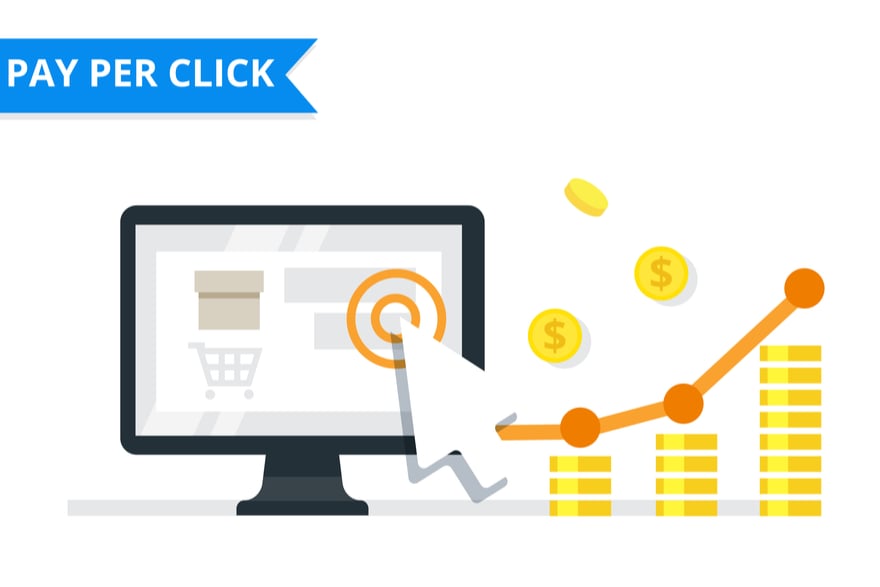Mastering and getting ahead of Amazon’s search ranking algorithm is one of the top things you can do when selling in the marketplace. When you understand how it works, you can apply strategies to maximise traffic and sales. RepricerExpress takes a look at the new changes and updates to Amazon A10, the latest iteration of its algorithm.
It’s Very Similar to A9
Amazon A9 and A10 are very similar, with the biggest difference being factors are weighted differently in A10.
A buyer’s search holds more relevance than it did before, meaning that shoppers are now trafficked more directly to what they’re looking for instead of what others think they should be looking for.
One effect of this is internal sponsored links don’t hold as much importance as they used to — things like pay-per-click (PPC) campaigns are weighted lower, as Amazon’s realised users look beyond what sellers have paid to promote.
PPC Campaigns Still Matter
Although nobody but Amazon knows exactly how the A10 algorithm works, one trend seems clear. One thing you may notice about how your Amazon PPC campaigns operate now is there could be an initial spike to create excitement around the product, but then it’ll level out shortly thereafter so its organic sales performance dictates its visibility.
To adapt, consider running your campaigns with a similar weightiness. Instead of investing, for example, 5% of your budget to Sponsored Ads, consider dropping it to 3% and using the other money to boost the product’s sellability in other ways. Look at PPC campaigns as a way of fostering long-term growth instead of short-term hype, and you should be able to adapt to bigger wins overall.
But Selling History, Feedback and Authority Matter More
On our sister site FeedbackExpress, we’ve frequently touted the importance of getting reviews on Amazon legally. It turns out that’s even more important with A10, as the updated algorithm places more weight on a seller’s authority. Components like how long you’ve been selling, what you product return history is like (and how you handle returns), and the amount of positive feedback you have can tilt the scales in your favour.
Having a broad inventory also helps, which tends to go hand-in-hand with a large number of positive reviews. Amazon figures that if you have plenty of products, you offer plenty of value to customers. And if you’re the type of seller who has a large and varied inventory, then you’ve likely gotten to that point by having plenty of great feedback — and you’ve also probably been selling for a little while, too.
Focus on Impressions
Impressions have to do with how many times your products are viewed, whether that’s on Amazon, affiliate sites or partner sites. The more times it’s viewed, the higher your product ranks. However, it’s also important to keep in mind category and product relevance.
Although it might be tempting to put bath bombs in electronics (a highly popular category), it won’t really benefit you. A much better practice would be to focus on using the best keywords and search terms to increase impressions in a sincere way.
Speaking of Keywords
A9 seemed to weigh keywords based on the order they were in (product title, back-end keywords, bullet points, description), but that seems to have changed with A10. Now the weighting difference appears to be that simply using the best keywords to optimise conversion is the most important use of them.
Instead of an old practice like cramming the product title full of all the best-performing keywords, try writing it in an engaging way that captures a buyer’s attention and makes them likelier to purchase the item. This is especially the case if a product title will read awkwardly and clunkily — still use the keywords, but reserve them for the bullet points and description instead.
Other Factors That are Weighted Differently
- Click-Through Rates: Work on photographing products in a high-quality and compelling way so buyers want to click, then follow up with descriptive and well-written copy. Getting them to do so means the algorithm awards you more ‘points’.
- Off-Site Sales: Add your Amazon store URL to your own website, to others’ blog posts and to message boards so you can drive up your ranking. Getting off-site sales is a much stronger strategy than something like PPC campaigns.
- Organic Sales: When a buyer searches for your product then purchases it, it’s considered an organic sale — Amazon will award you with a higher rank than if the buyer purchased it through a marketing or promotional way.
- Internal Sales: These are sales that start within the Amazon marketplace but aren’t searched for, like items in the ‘frequently bought with’ section.
Related: 7 Ways to Optimise Your Amazon Product Listings (in 2020)
Final Thoughts
As always, one of the best practices you can maintain is competitive pricing, no matter what changes Amazon has made with its A10 algorithm. And the best tool you can use? RepricerExpress, of course. Short of doing your laundry and taking out the trash, we’ll handle everything else. But you have to experience it to actually get ahead. Sign up now and we’ll start you off with a 15-day free trial.







